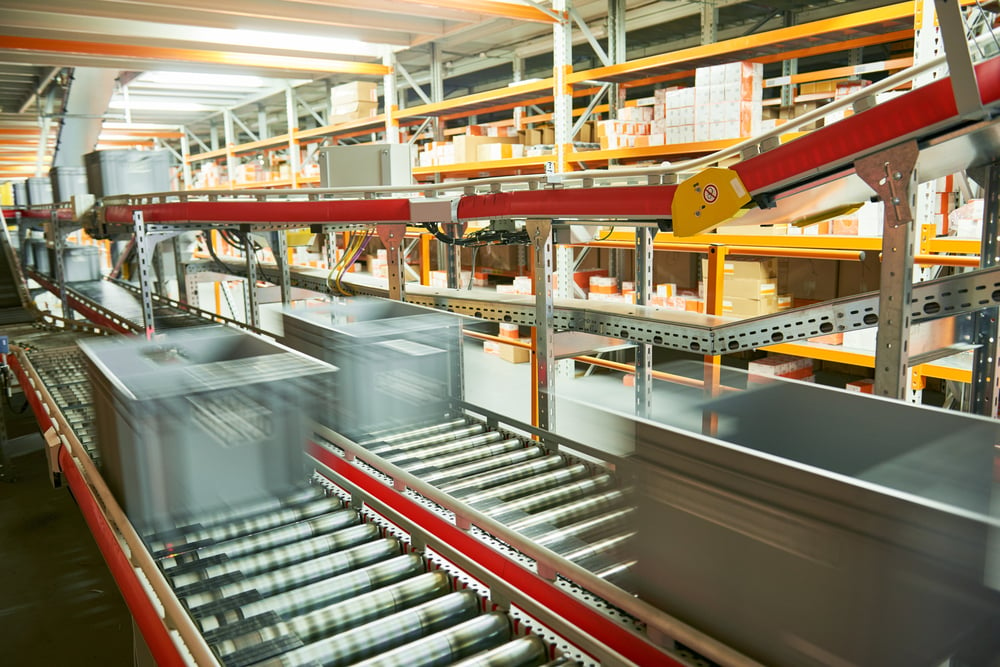
A Look into Next-Gen Warehousing With Automated Material Movement
In the ever-evolving landscape of logistics and supply chain management, the advent of next-generation warehousing, marked by the integration of automated material movement, stands as a game-changer. This blog delves into how this technology is revolutionizing the way warehouses operate, promising efficiency, accuracy, and unprecedented scalability.
The Advent of Automation in Warehousing
McMurray Stern understands the concept of warehousing has undergone a significant transformation over the past few years. Traditional methods, often manual and labor-intensive, are gradually giving way to more sophisticated, technology-driven approaches. The introduction of automation, particularly in material movement, is at the forefront of this change.
Understanding Automated Material Movement
Automated Material Movement (AMM) refers to the use of technology, such as robotics, automated guided vehicles (AGVs), and conveyor systems, to move goods within a warehouse. This technology is designed to handle a wide range of tasks, from transporting products from one location to another to sorting and storing goods. As a front-runner in warehouse automation, McMurray Stern can assist in automating your pallet handling systems, from AGVs and unit load cranes to mini-load systems and pouch systems.
Key Benefits
1. Increased Efficiency and Productivity
Automation allows for faster movement of goods, reducing the time taken for storage and retrieval. This leads to a significant increase in overall productivity.
2.Accuracy and Precision
Automated systems are programmed for precision, thereby minimizing errors in material handling and inventory management.
3.Safety
With robots and AGVs taking over physically demanding tasks, the risk of injuries associated with manual labor is greatly reduced.
4. Scalability
Automated systems can be scaled up or down based on demand, making them ideal for adapting to varying business needs.
5. Cost-Effectiveness
Although the initial investment might be high, in the long run, automation leads to cost savings through reduced labor costs and increased efficiency.
Implementing AMM in Warehouses
Integration Challenges
Integrating AMM into existing warehouse operations can be challenging. It requires a significant investment in technology and infrastructure. Moreover, existing employees need to be trained to work alongside and manage these automated systems. Our team of experts are trained to manage every project from conception to execution, including helping your team adjust to the new systems in place.
The Role of AI and Machine Learning
Artificial Intelligence (AI) and Machine Learning (ML) play a crucial role in optimizing AMM. These technologies enable systems to learn from data, predict patterns, and make decisions, further enhancing efficiency and reducing the scope for error.
The Future of Warehousing
The future of warehousing is indubitably intertwined with the advancement of AMM. We are looking at smart warehouses where every action, from inventory stocking to order fulfillment, is optimized for speed and accuracy.
Sustainability and Green Warehousing
Another aspect that AMM contributes to is sustainability. Automated systems are often more energy-efficient and help in reducing waste, contributing to the concept of green warehousing.
The Human Element
Despite the surge in automation, the human element remains crucial. Human oversight and decision-making capabilities are essential to manage these systems effectively and handle exceptions.
McMurray Stern and Automated Material Movement
Automated Material Movement is not just a trend; it’s the future of warehousing. As businesses continue to strive for efficiency and agility in their supply chains, we’re here to help embrace this technology and showcase it is imperative to do so. While challenges in integration and adaptation exist, the benefits of AMM, from improved efficiency to enhanced safety and sustainability, make it a cornerstone in the next-gen warehousing revolution.
The journey towards fully automated warehouses is an exciting one, filled with possibilities for innovation and improvement, signaling a new era in the logistics and supply chain industry.
Recent blogs
Contrary to popular belief, Lorem Ipsum is not simply random text. It has roots in a piece of classical Latin literature from 45 BC